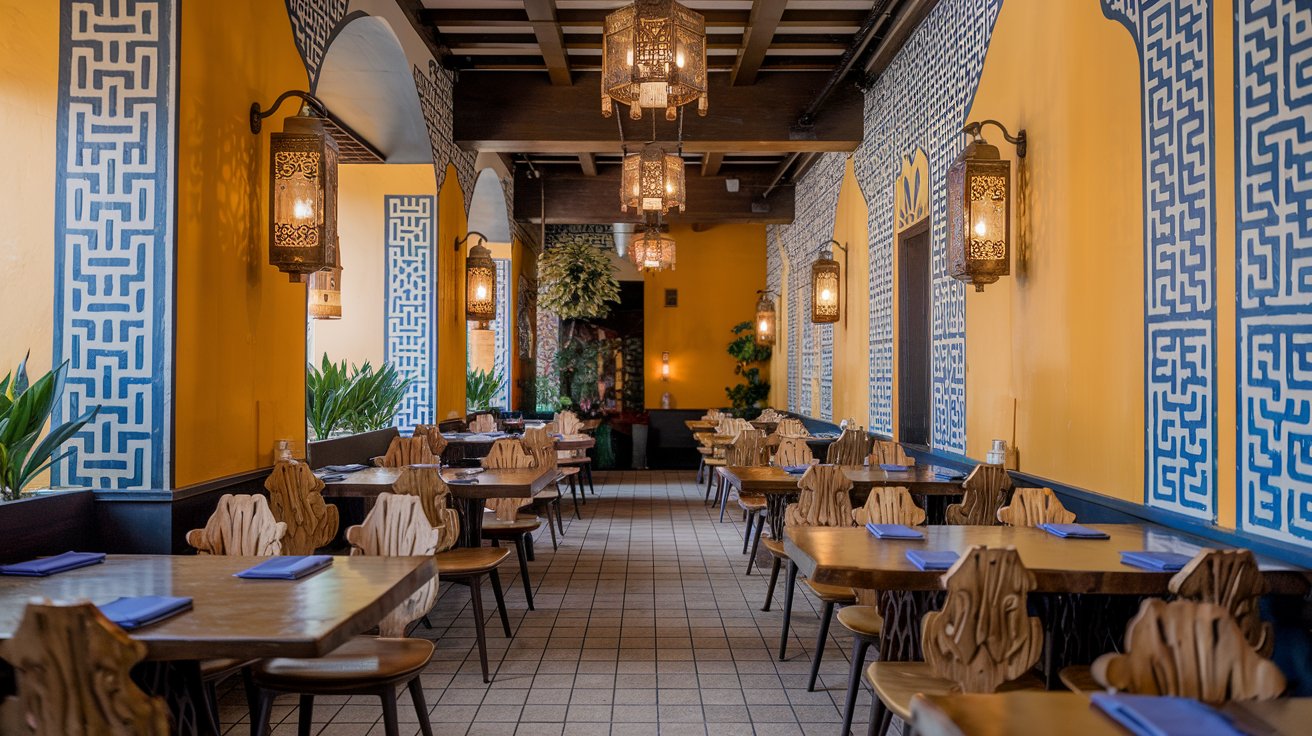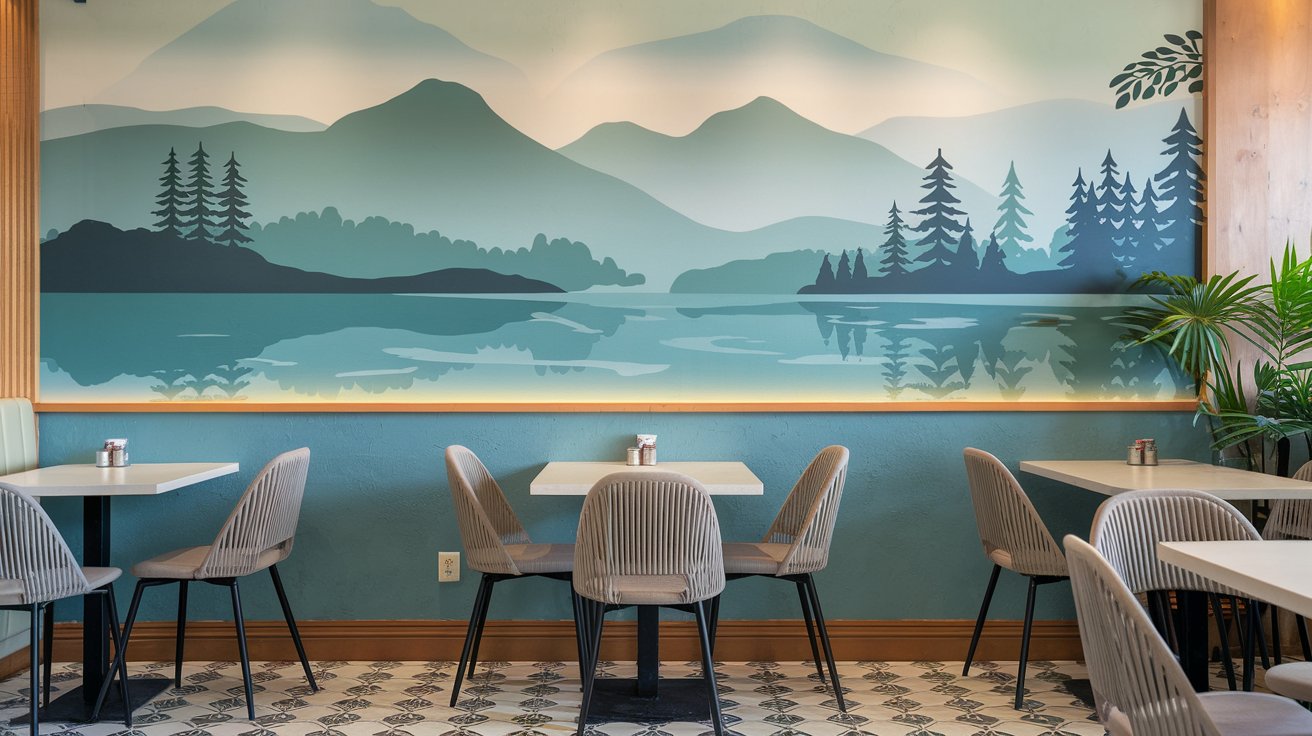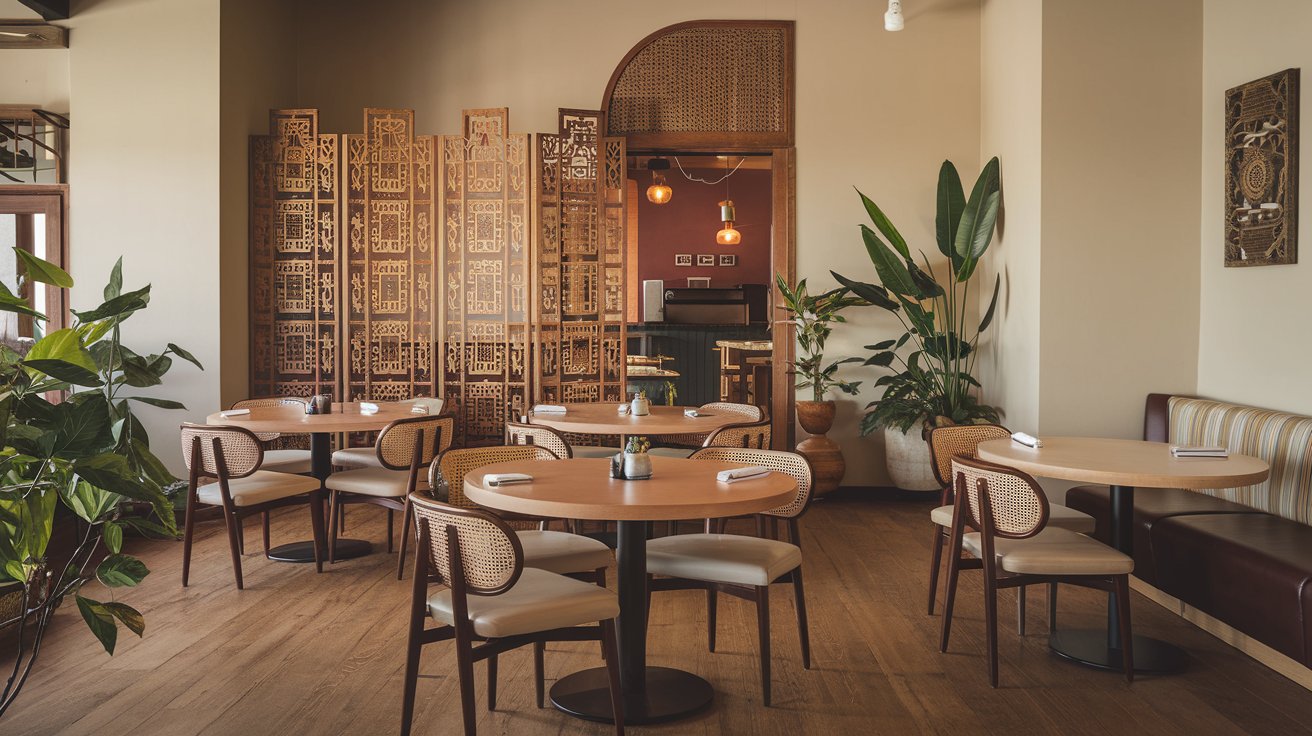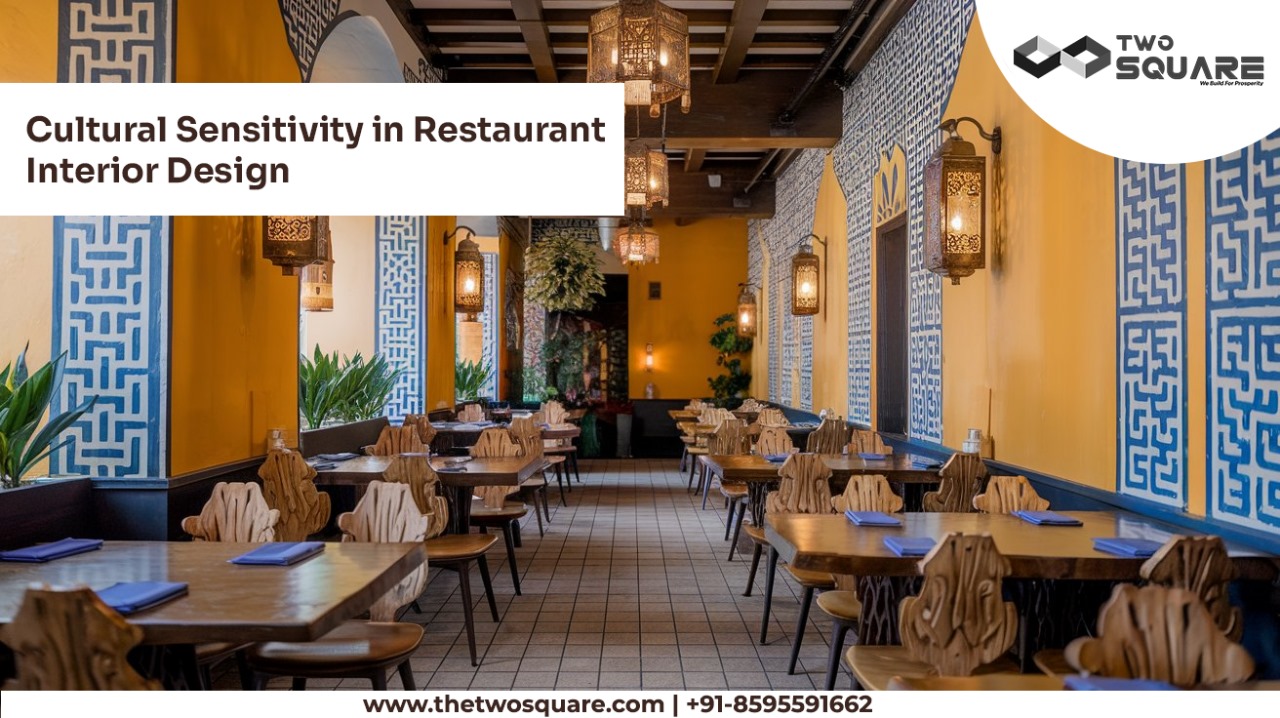Cultural Sensitivity in Restaurant Interior Design: Crafting Spaces That Respect and Reflect
You walk into a Mexican restaurant expecting vibrant colors, rustic textures, and the warm hum of mariachi music, only to find minimalist white walls, Scandinavian furniture, and Ed Sheeran playing softly in the background. Confusing, right? That’s the power—and peril—of restaurant interior design. In our globalized world, diners crave authenticity, not just in food but in the entire experience. This is where cultural sensitivity becomes non-negotiable.
Restaurant interior design has evolved far beyond aesthetics. Today, it’s about storytelling, respect, and creating spaces that honor the culture they represent. Gone are the days of generic “ethnic” themes that reduce rich traditions to clichés (think plastic sombreros or neon Buddha statues). Modern diners are savvy; they can spot cultural appropriation from a mile away. Instead, they seek environments that reflect genuine understanding—spaces where every color, texture, and artifact feels intentional and rooted in heritage.
But how do designers strike this balance? How do you celebrate a culture without stereotyping it? From Tokyo to Marrakech, innovative restaurateurs are proving that restaurant interior design can be both culturally sensitive and visually stunning. Whether it’s a Vietnamese pho house using reclaimed wood from Hanoi’s colonial buildings or a Lebanese café incorporating hand-painted Arabic calligraphy, the key lies in research, collaboration, and a deep respect for the stories behind the design.
In this blog, we’ll explore why cultural sensitivity is the secret ingredient to unforgettable restaurant interior design, share actionable strategies to avoid missteps, and highlight brands leading the charge in this space.

Why Cultural Sensitivity Matters in Restaurant Interior Design
Restaurant interior design isn’t just about looks—it’s a language. A poorly designed space can alienate customers, while a culturally thoughtful one builds trust and loyalty. Here’s why it matters:
1. Avoiding Stereotypes: The Pitfalls of Cultural Appropriation
Imagine a “Tiki-themed” bar filled with plastic palm trees and carved masks. Not only does this trivialize Polynesian culture, but it also risks backlash from diners who value authenticity. Culturally sensitive design avoids shortcuts, opting instead for meaningful elements that reflect real traditions.
2. Building Authenticity Through Design
A Thai restaurant using silk fabrics from Chiang Mai or a Nigerian eatery showcasing Adire cloth murals creates a narrative. These choices tell diners, “We care enough to get it right.”
Key Elements of Culturally Sensitive Restaurant Interior Design
Crafting a space that respects culture requires intentionality. Here’s how to do it right:
1. Color Palettes with Cultural Context
- Example: In Indian-inspired spaces, deep saffron and emerald green evoke traditional festivals, while pastels might feel out of place.
- Tip: Research historical and regional color symbolism.
2. Material Choices Rooted in Tradition
- Example: A Japanese izakaya using reclaimed cedar wood (a staple in Edo-period architecture).
- Avoid: Mass-produced “ethnic” decor from generic retailers.
3. Layouts That Reflect Social Norms
- Middle Eastern restaurants often incorporate private dining nooks for family gatherings, respecting cultural preferences for privacy.
- Mexican cantinas might feature communal tables to mirror the lively, social nature of comida.

Case Studies: Restaurants Nailing Cultural Sensitivity
1. “Hanoi House” in New York City
This Vietnamese eatery uses weathered shutters and bamboo accents sourced from Northern Vietnam, paired with vintage propaganda posters. The design team collaborated with local artisans to ensure accuracy.
2. “Casa Dragones Tasting Room” in San Miguel de Allende
This tequila bar blends Spanish colonial architecture with sleek, modern lines, honoring Mexico’s layered history without reducing it to a caricature.
Practical Steps to Achieve Cultural Sensitivity in Your Design
1. Collaborate with Cultural Experts
- Partner with historians, artists, or community leaders to guide material and motif choices.
2. Engage the Community
- Host workshops or tastings to gather feedback from people of the culture you’re representing.
3. Prioritize Education
- Train staff on the cultural significance of design elements to share the story with guests.
The Future of Culturally Conscious Design
As diners demand deeper connections, restaurant interior design will continue evolving. Expect trends like:
- Hyper-localized themes (e.g., a Sicilian trattoria featuring ceramics from Caltagirone).
- Digital integration, like QR codes explaining the origin of decor pieces.

Conclusion: Designing with Respect, One Space at a Time
Cultural sensitivity in restaurant interior design isn’t a trend—it’s a responsibility. By prioritizing authenticity and respect, you create spaces that resonate emotionally and ethically with guests.
At The Two Square we specialize in crafting culturally immersive dining experiences. Our team blends meticulous research with creative flair, ensuring every design honors its roots while feeling fresh and innovative. From sourcing artisan-made textiles to integrating sustainable practices, we’re here to help your restaurant tell its story—the right way.
Ready to design a space that truly reflects your vision? The Two Square to start your journey.


